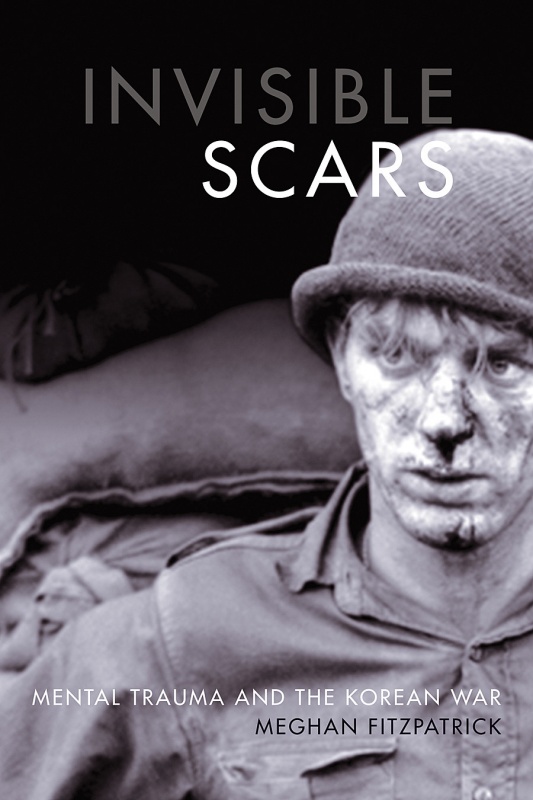
Invisible Scars: Mental Trauma and the Korean War (1950-1953)
by Dr. Meghan Fitzpatrick - March 24, 2022
Reading Time: 4.5 min

Caption
Invisible Scars: Mental Trauma and the Korean War (1950-1953)
The Korean War (1950-1953) was a ferocious conflict that produced over four million casualties in just three years. Despite this, it remains relatively absent from most accounts of mental health and war trauma. Moreover, it is often depicted as an American conflict, with little regard for other key participants, including Commonwealth forces deployed there. Invisible Scars redresses this gap by examining the experiences of the 1st British Commonwealth Division. This is the first extended exploration of the psychiatric care systems in place for thousands of troops from Britain, Canada, Australia and New Zealand. The book focuses on several principal questions. First, how were soldiers treated for psychiatric disorders in the field and what efforts were made to bolster mental health? Second, how successful were Commonwealth doctors in treating the mentally ill in theatre? Finally, what compensation and care systems were put in place to assist veterans of the conflict and support them in the long term?
The text is roughly divided into two parts. The first four chapters address events before and during the war. Chapter 1 looks at how psychologically distressed soldiers were treated during the First and Second World Wars and delves into changing concepts of trauma. In addition, it dissects the problems that armed forces faced in preserving hard won medical knowledge and institutional memory in periods of demobilization and budgetary cuts and what impact this had when war broke out in 1950. Chapter 2 outlines how Commonwealth forces were organized in theatre, why the division was formed in the first place and the impact of inter-allied relations on the quality of healthcare. Chapter 3 considers what steps senior leaders took to protect the mental health and well-being of troops through key command decisions and the careful development of welfare policies. Chapter 4 directly examines the most common mental health problems experienced in Korea and assesses the effectiveness of front-line psychiatric care in responding. The remaining chapters reflect upon events since the end of the Korean War. Chapter 5 traces the evolution of the post-war pension system and the challenges that mentally ill veterans have faced in seeking and obtaining compensation. The conclusion reflects more widely on the legacy of Korea both for the veterans who fought there and in popular memory.
Fitzpatrick demonstrates that Commonwealth forces were highly successful in returning psychologically traumatized servicemen to duty while in theatre. They had a low rate of psychiatric illness (1 in 20 wounded or sick) and medical officers excelled in returning men to active duty, with return to unit rates soaring between 50-83 percent. What is more, the division was well known for its combat efficiency and high levels of morale in the face of continual privations and a challenging operational environment.
However, Commonwealth officials failed in the long-term to support veterans in a meaningful way. Compensation systems were complex, difficult to navigate and not designed to respond effectively to the needs of the psychologically wounded. A lack of public interest in the war also contributed to widespread misunderstanding and deprived veterans of spaces in which to grieve and process their own experience of conflict and loss. The book engages with current disability, pensions and compensation issues that remain hotly contested and reflects on the power of commemoration in the healing process.
Invisible Scars is a story about the nature and limits of human resilience. To this day, there remains a stigma surrounding mental illness and those who struggle with it. Globally, military communities nurture and celebrate a culture of strength, courage, and toughness. In this environment, psychological problems can easily be interpreted as weakness or lack of willpower and while advancements have been made to challenge this interpretation, much work remains to be done. By studying the psychological casualties of war, we can learn a great deal about everything from front line conditions to how culture and institutions have shaped experiences of trauma. The book will be of interest to students and scholars of military and medical history, as well as those interested in the human consequences of war.

Related Content
| preview | 1 | title | 4 | 5 |
|---|